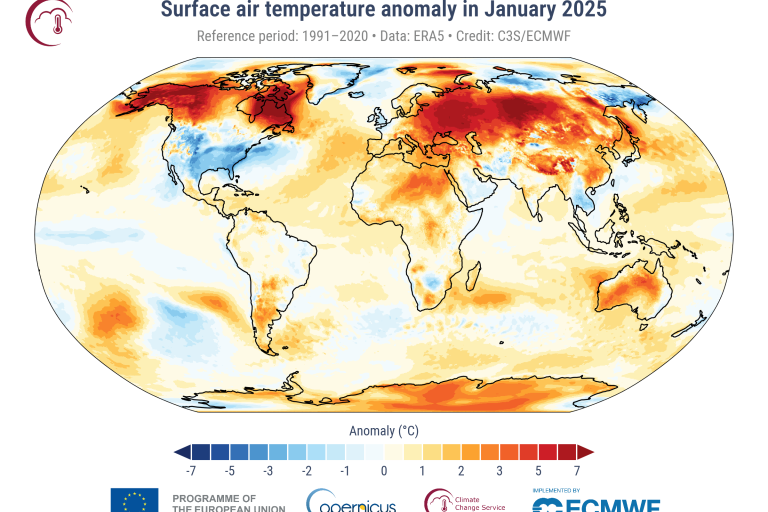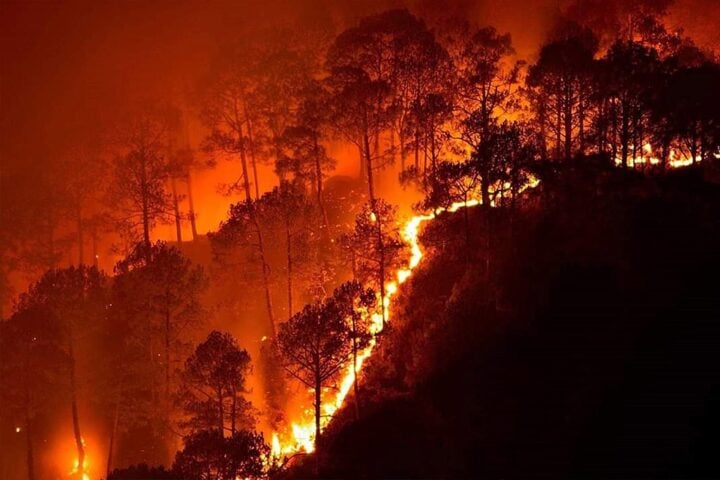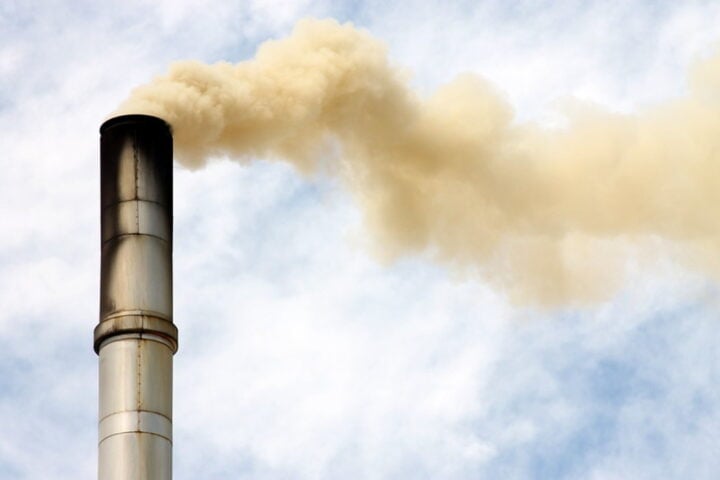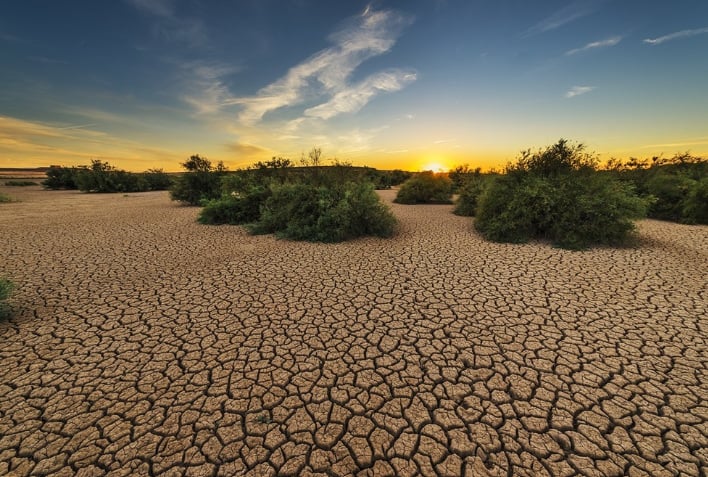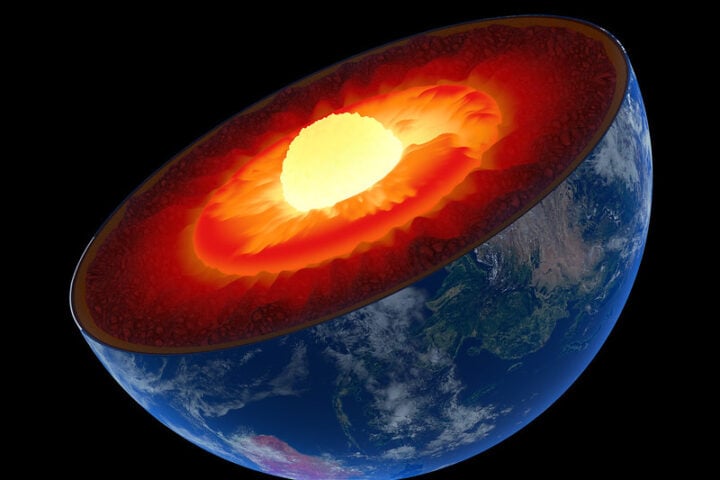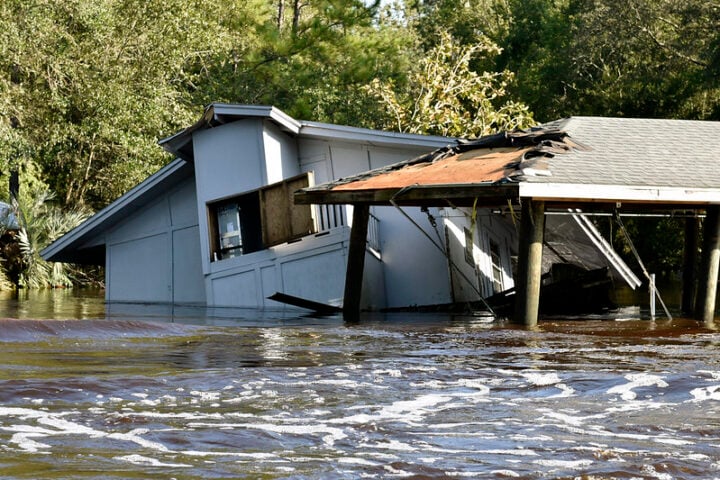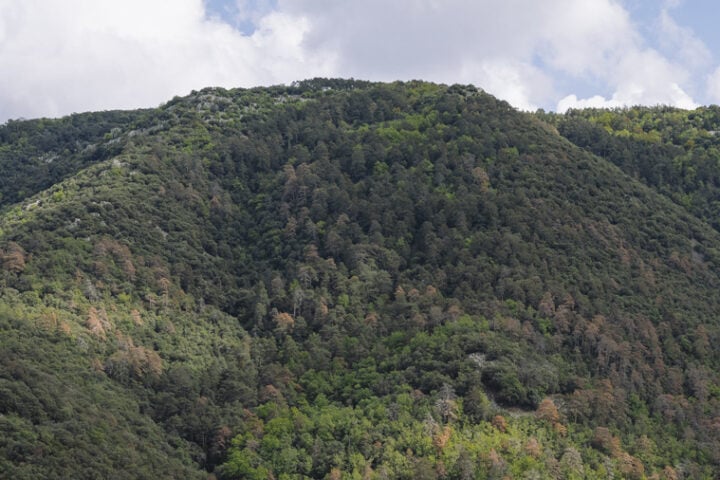Climate change has caused persistent heating on planet Earth. January 2025 is recorded as the warmest January in 175 years. A run of extraordinary heat extended to January. An average global temperature of more than 1.5 degrees Celsius increased above pre-industrial times. This was stated by the EU’s Copernicus Climate Change Service (C3S). Earlier 2024 was recorded as the warmest year.
Samantha Burgess, strategic lead at the European Center for Medium-Range Weather Forecasts, said, “The fact that we’re still seeing record temperatures outside of the influence of El Niño is a little surprising.” C3S service is run by this Center.
According to the assessment of Copernicus, La Niña has not yet fully developed and the world is currently in neutral conditions between the phases. However, US scientists indicated that La Niña conditions had formed. Burgess said even if La Niña fully emerges, its cooling effect may not be enough to temporarily cure temperatures.
Similar Posts
The temperatures are also affected by factors like extreme heat seen in other ocean basins and the main driver of climate change is emissions of heat-trapping greenhouse gases. She added, “By far and away, the largest contributing factor to warming climate is burning fossil fuels.”
According to scientists at Berkeley Earth and the U.K. Met Office, the year 2025 will be the third warmest year on record. It will be cooler than in 2024 and 2023. This is due to the shift towards La Niña.

The impact of this warming will be on all human activities and animal life. Environmentalists feel it is high time we take corrective measures to prevent this warming from continuing. The lukewarm attitude of President Trump regarding climate change adds further worry to the ecologists.
Bottom line, January 2025 is the warmest on record in the last 175 years. This is revealed in a report by the EU’s Copernicus Climate Change Service. Burning fossil fuels is the major cause of this temperature increase.
